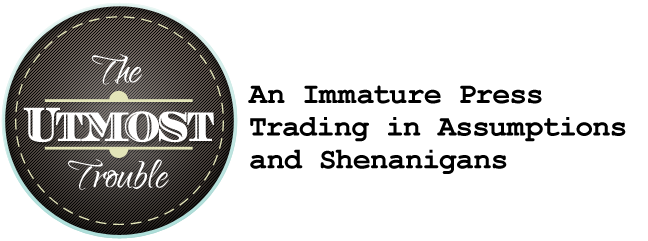The first article showed me that every ward was like that in that time period. They were throwing anyone who showed any sign of mental illness in a ward because they did not know what to do with them. The world was not that advanced yet with psychiatric knowledge like we are now. It was just in 1954 when they developed Thorazine which basically sedates the patients. Then millions of people were prescribed it when they probably did not even need it but the ward thought they did. It sounds very similar to what goes on in The Cuckoo’s Nest and shows me that in their time period, they were doing what everyone else was, but that still does not make it right. Mental health facilities have come so far today and have definitely grown from how they were in the past.
The article talks about how ECT can be used today to treat certain patients. It has improved a lot since how it was used in The Cuckoo’s Nest and there are many success stories. But, it is still inconsistent and hard to figure out which case should use ECT or not. I thought that today this kind of treatment was not happening because of all the past awful occurrences, but the article showed me it is still going on, just more improved. The article works against the Novel when it talks about, “the horrifying scenes dramatizing shock therapy in movies like One Flew Over the Cuckoo’s Nest, violent seizures did not wrack the patient’s body when the high-voltage switch was thrown”. It is talking about how ECT in real life is not as bad as the Novel makes it look. But, both the article and Novel support each other when the article mentions what ECT is used for, “ECT is highly effective in treating severe depression, bipolar disorder, and other mental illnesses”. Most, if not everyone, in the ward has some type of mental illness and that is why they are in there. So, ECT today is still being used to treat the same types of illnesses it was in the novel.
Obviously, the care for mental illnesses has come a very long way over the years and it is for the better. It was not that long ago, certain drugs that people use every day now, were just developed. When they were first made, not many knew who they should be prescribed to or the right dosage for each patient. Now, with modern technology and more time to experiment, our medical healthcare has become quite advanced. So, back when the Novel takes place, having those scary treatments were common but people today look at it like it’s crazy. Those scary treatments could look like this, “But they kept making the fog thicker and thicker, and it seemed to me that, no matter how hard I tried, two or three times a month I found myself with that door opening in front of me to the acid smell of sparks and ozone” (Kesey 132). Like the article said, the Novel is dramatized, but I am sure treatments did look somewhat like this back then, which is scary to think that people had to be put through that.

